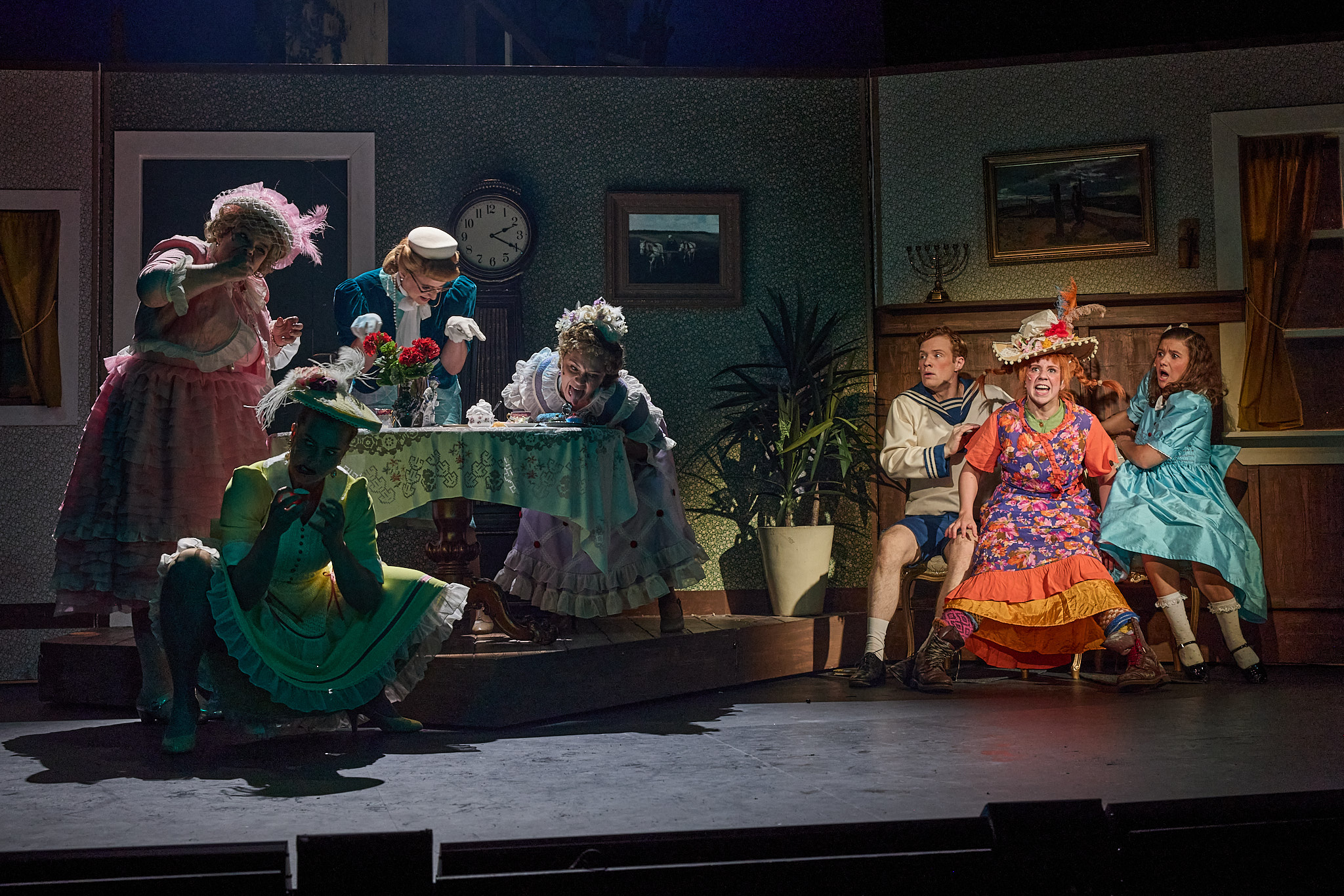
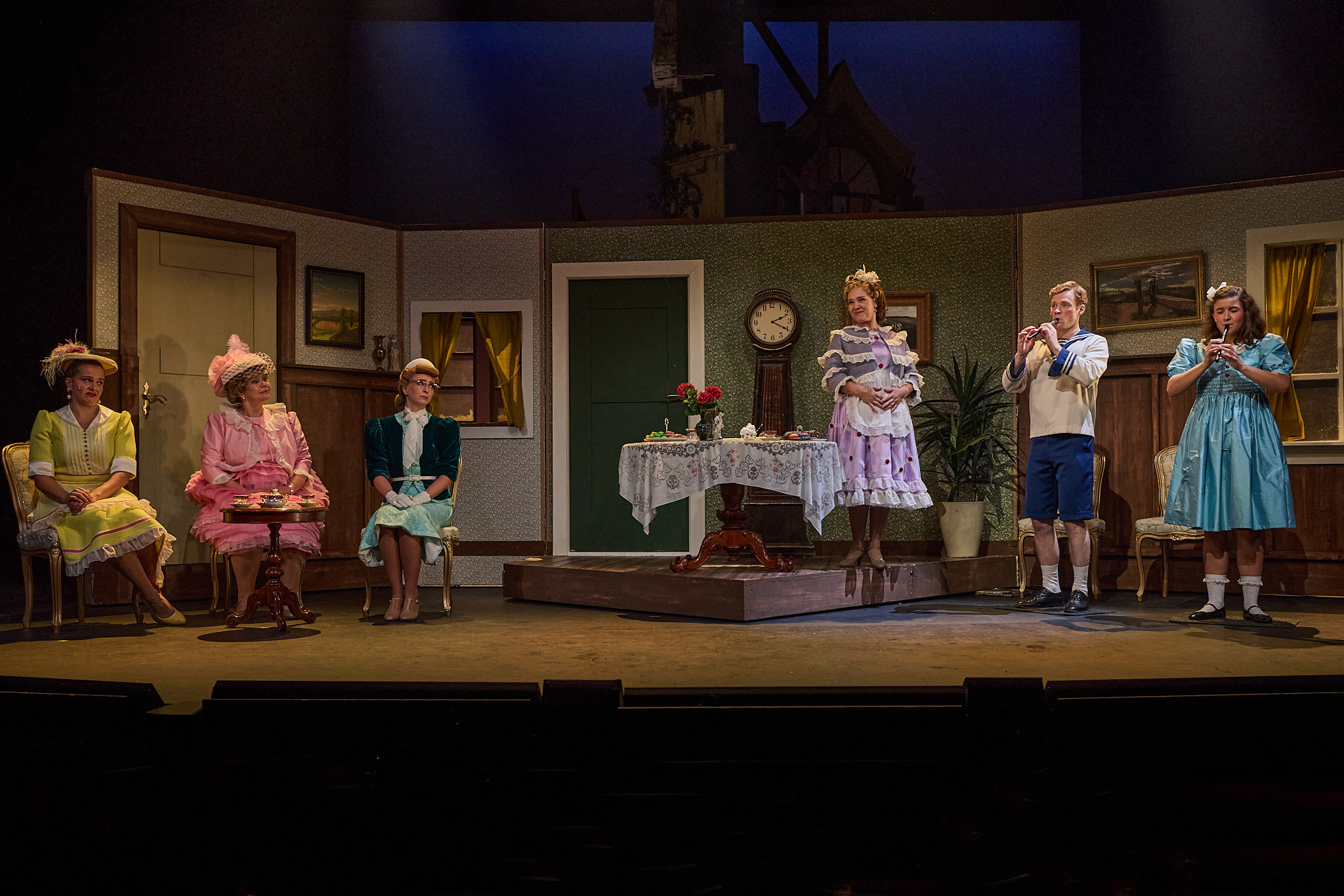
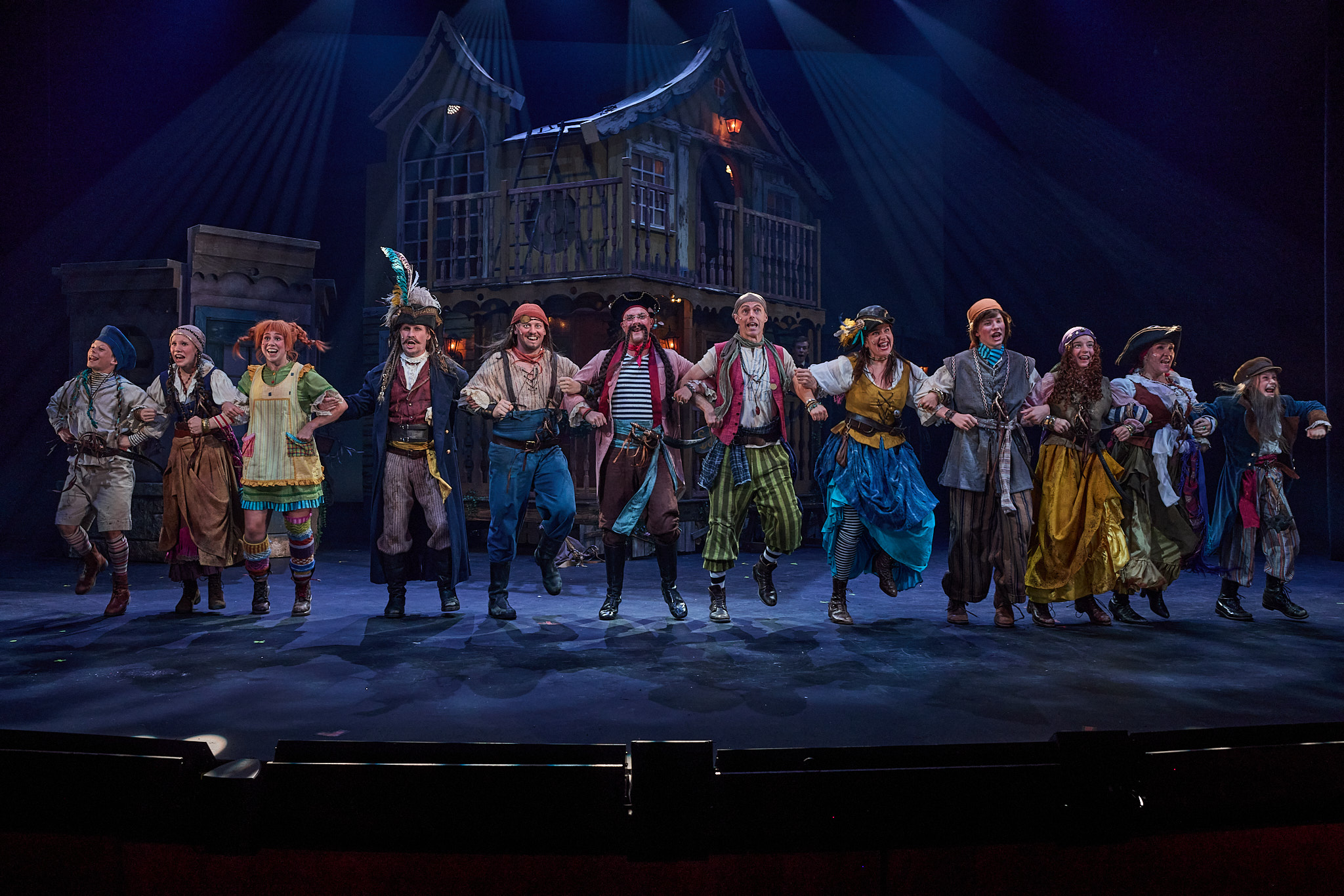
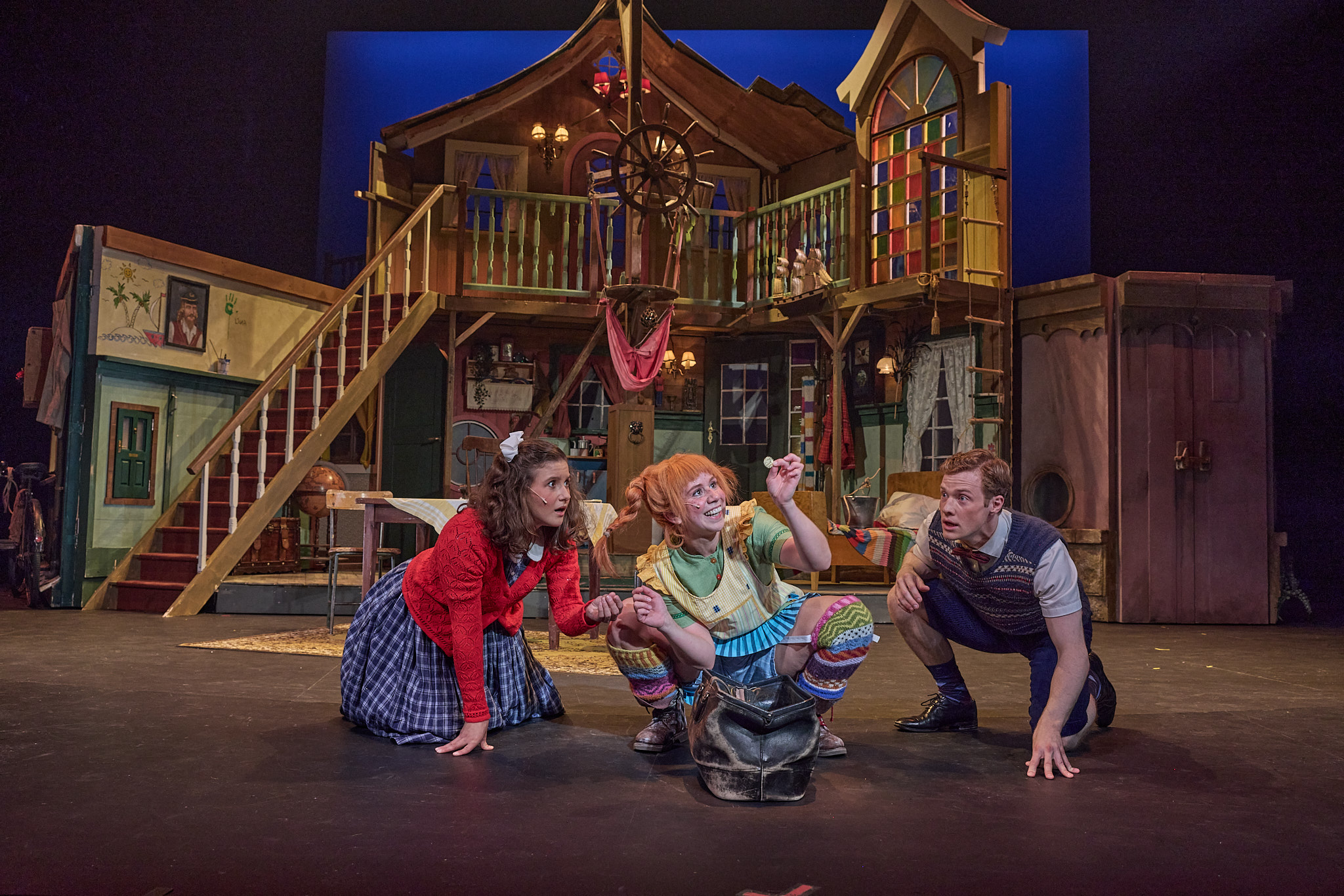
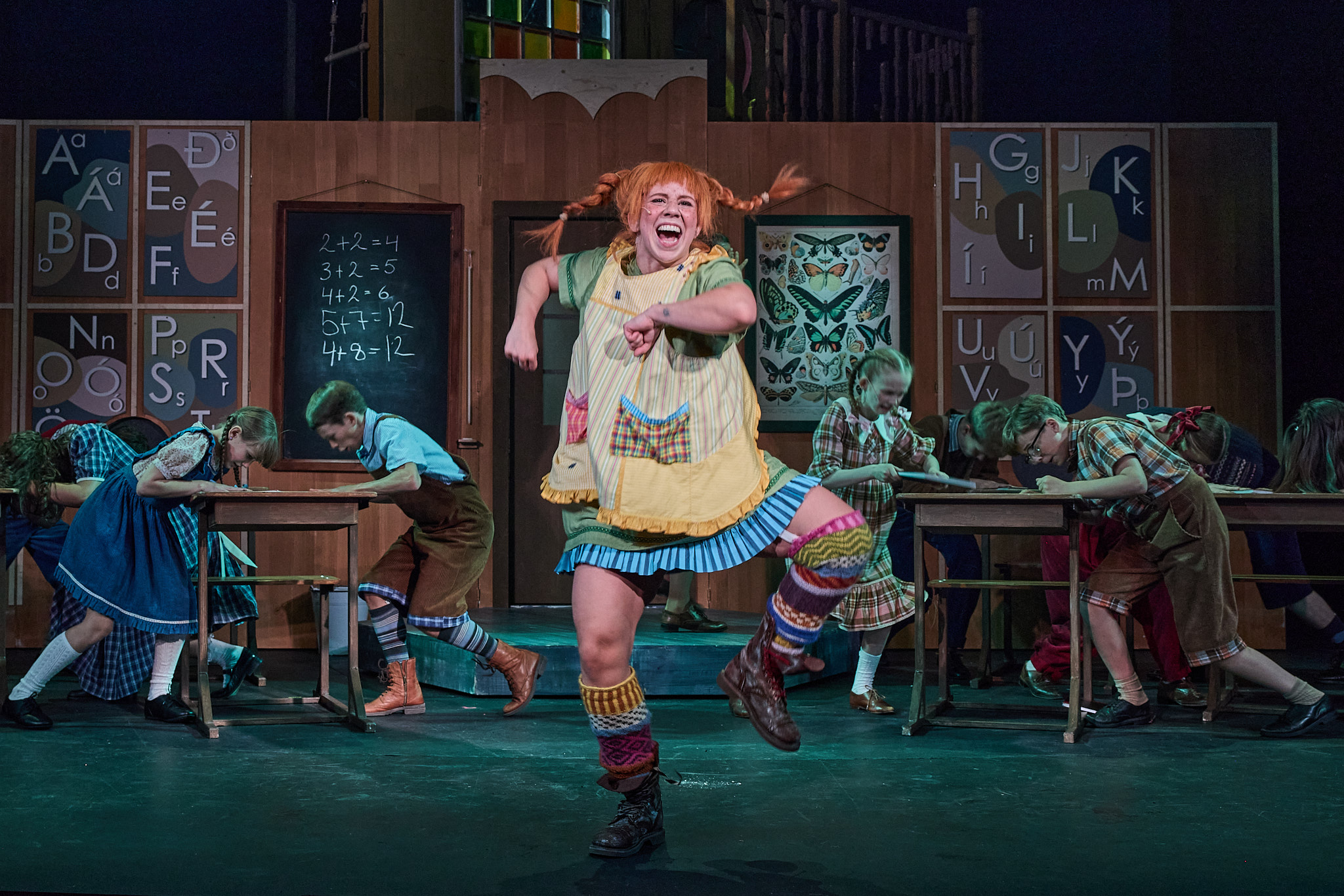
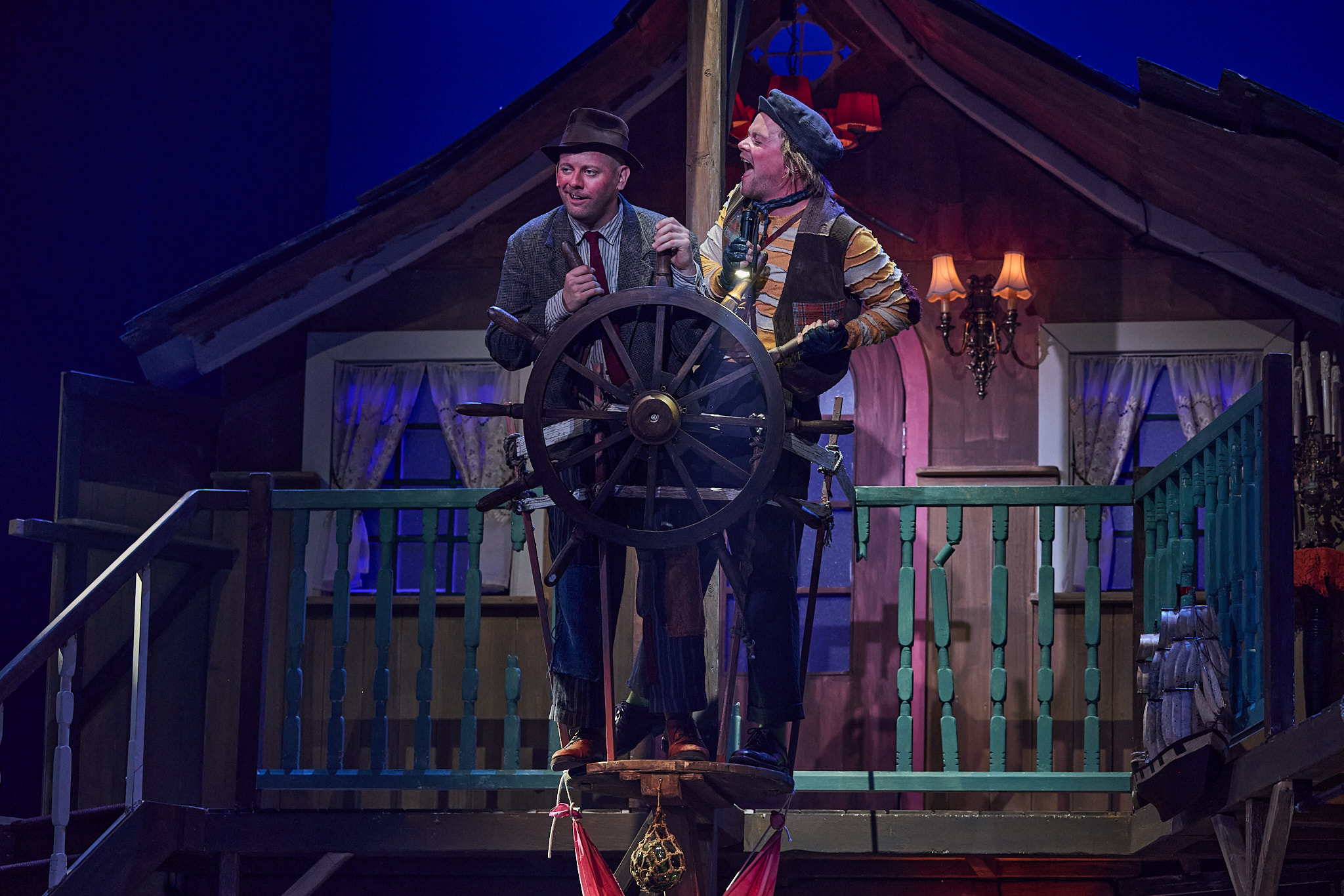
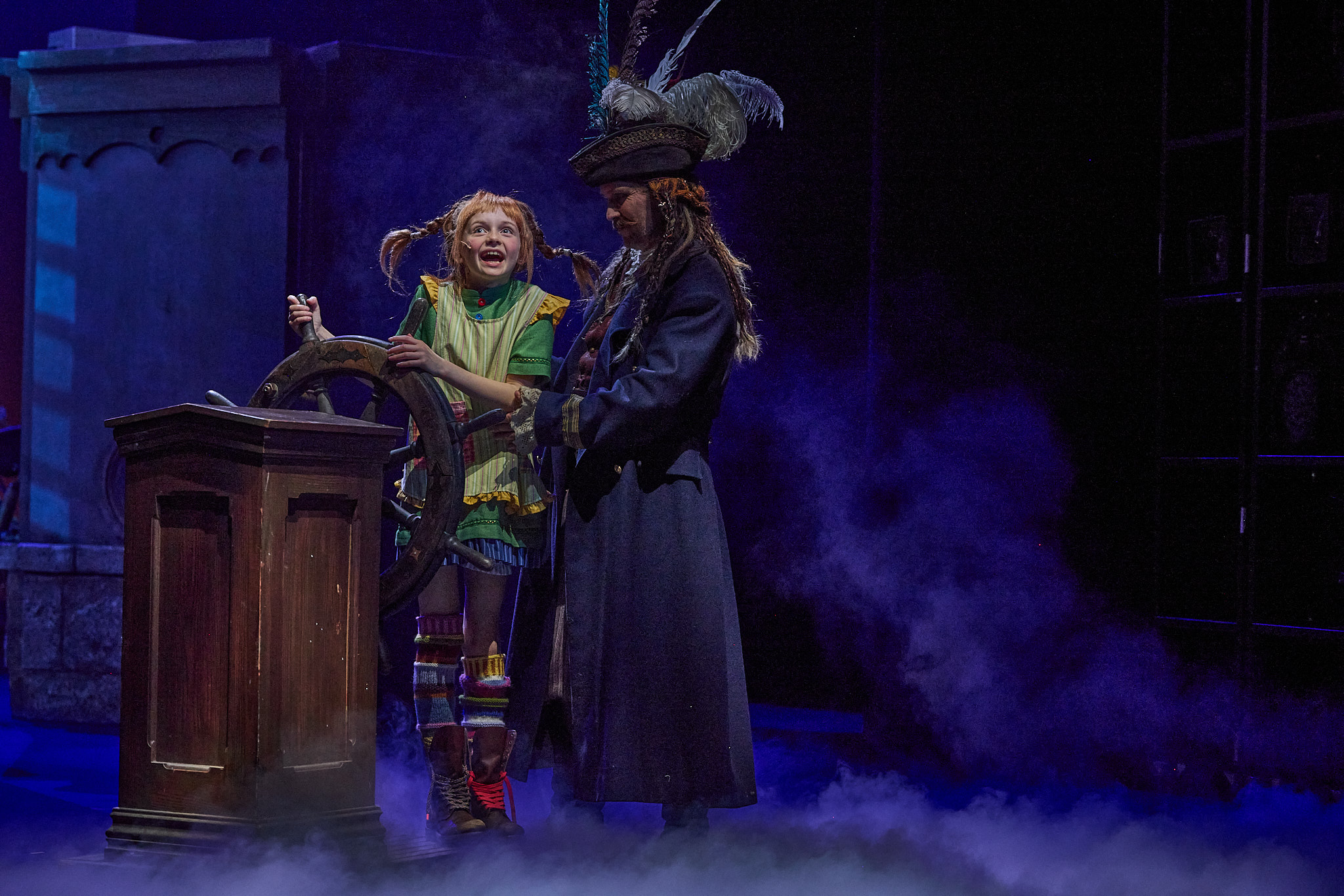
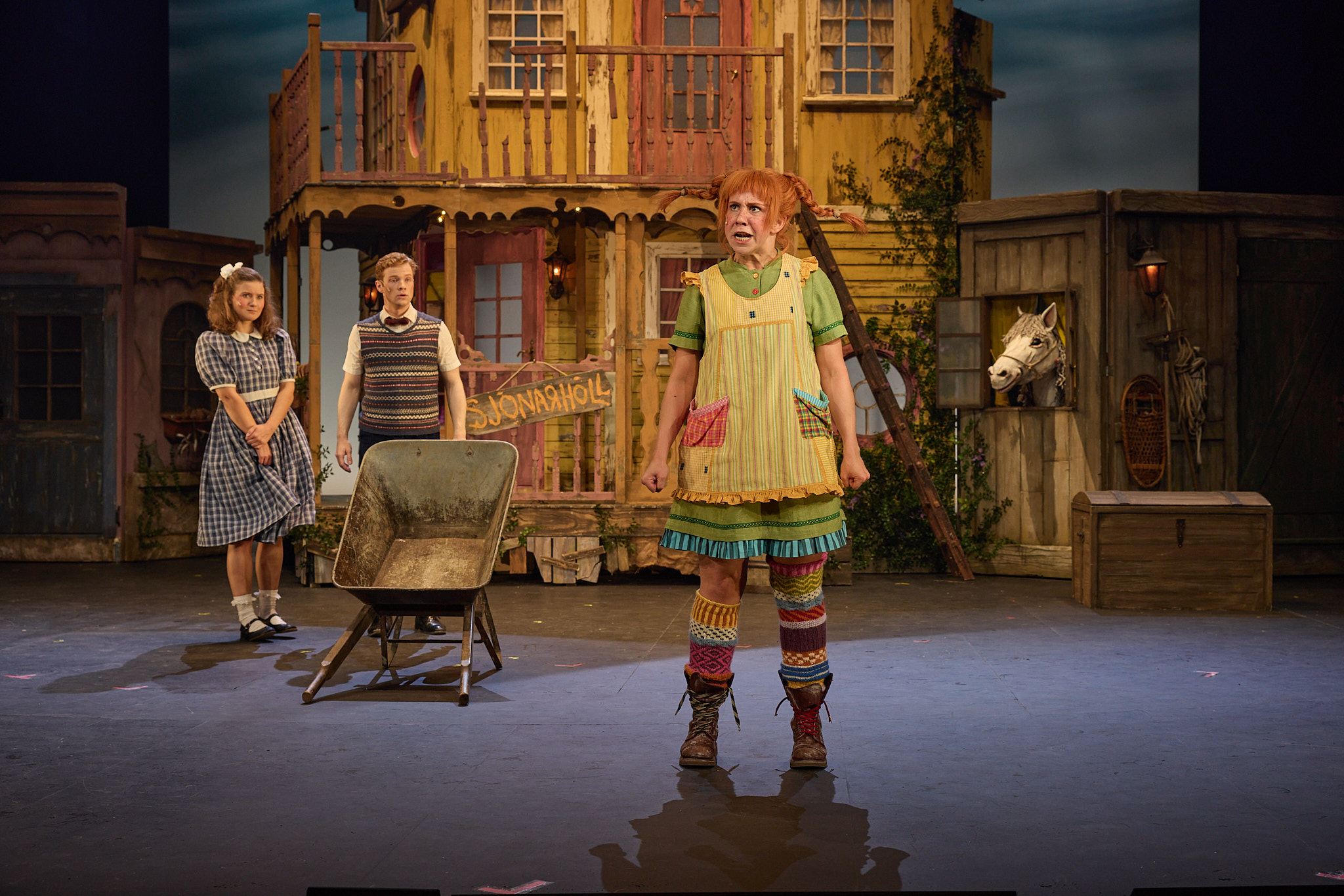








Tíminn er náttúruauðlind. Takmörkuð
fyrir hvert og eitt okkar en í stóra
samhenginu ofar okkar takmarkaða
skilningi. Tækniframfarir rugla og
flækja lífið og oft er eins og náttúrunni
sjálfri sé snúið á hvolf. Að nýta tímann
er ekki valkvæð ákvörðun okkar
mannanna heldur ákvörðun þeirra
sem ráðstafa lífi allra hinna og ræna
fólk tímanum.
En himintunglin láta ekki segja sér
fyrir verkum heldur líða áfram í einni
endalausri árstíð.
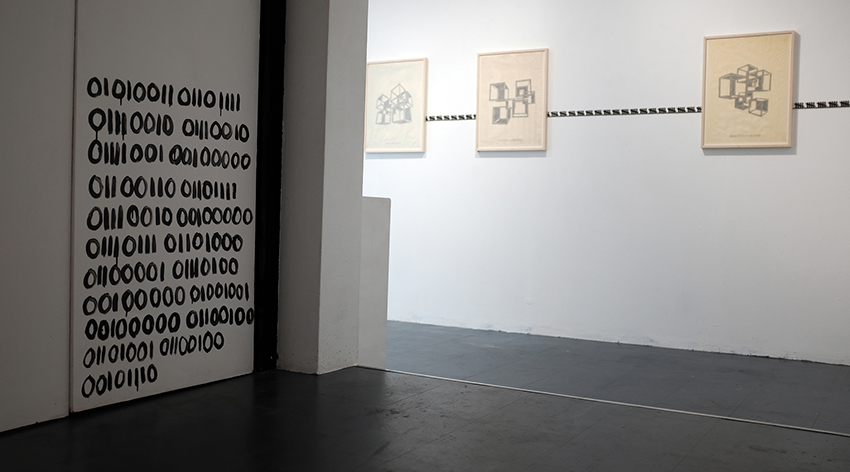
Time is a natural resource. Limited
for each of us but in the grand
scheme of things beyond our
limited understanding. Advances in
technology confuse and muddle life,
and sometimes it is as if nature has
been turned in and around itself,
inside out. Utilizing time is not a
voluntary decision of us humans. It is
the decision of those who ration and
allocate the lives of all – while robbing
us of our time.
But the stars in the sky do not bother
with orders, as they move on in a
singular eternal season.
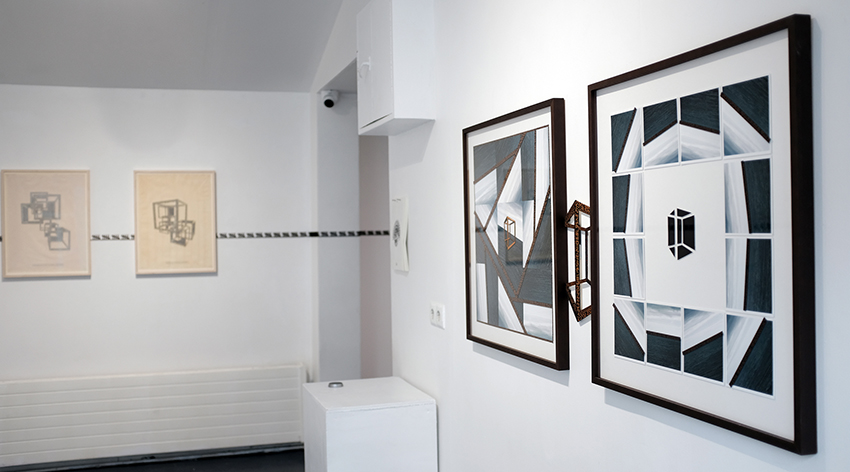
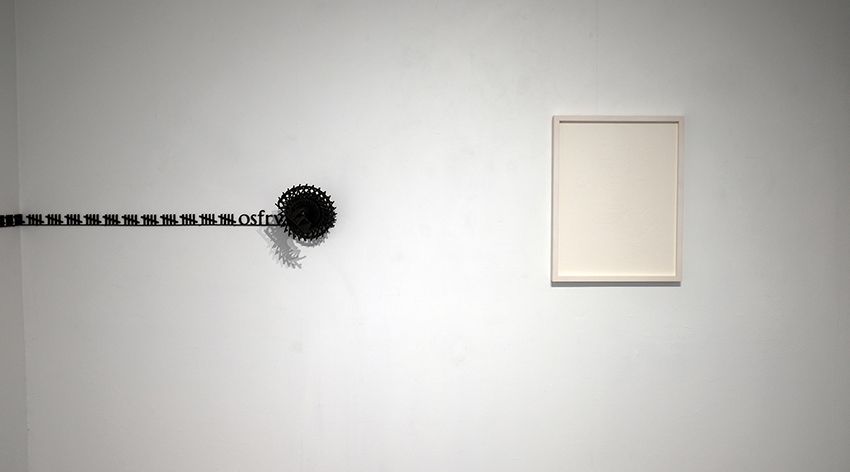
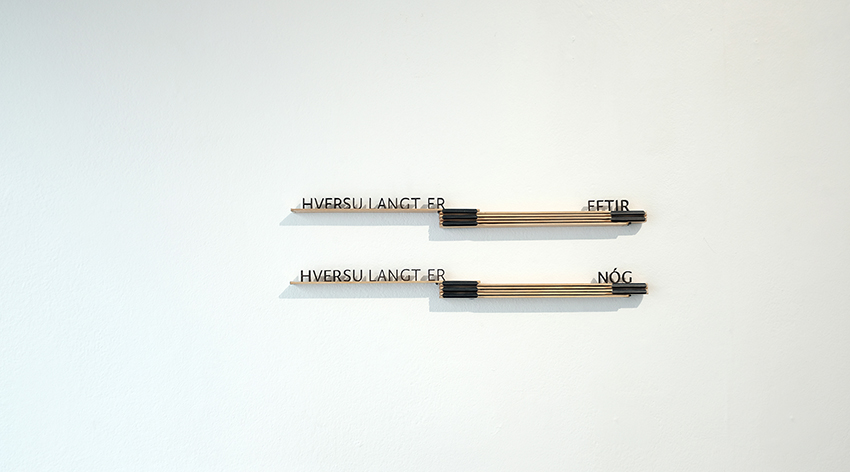
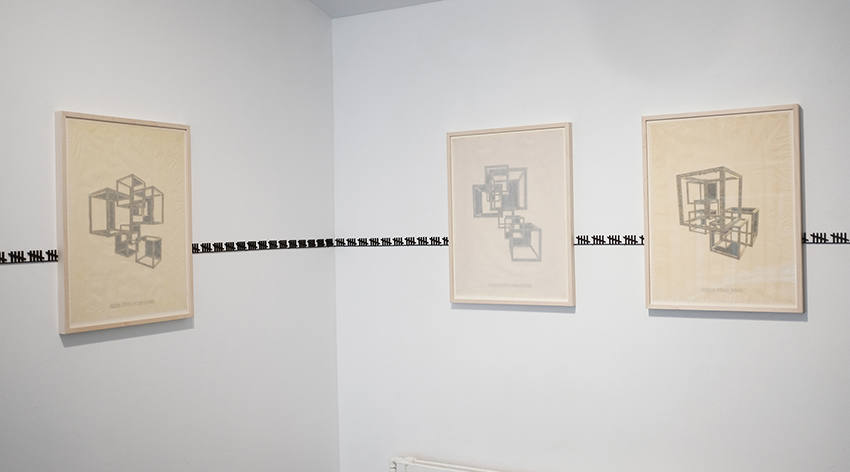
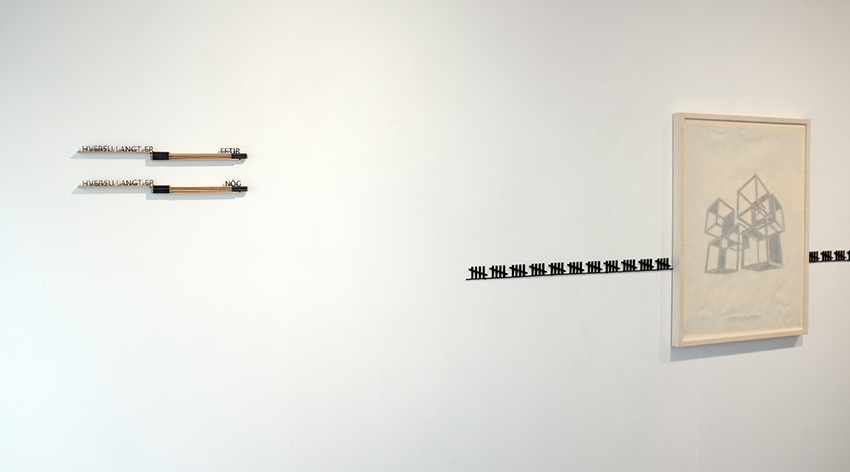

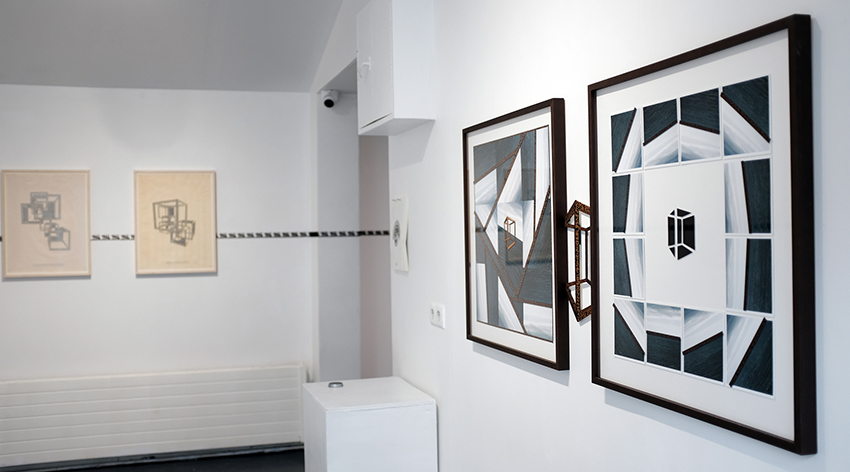
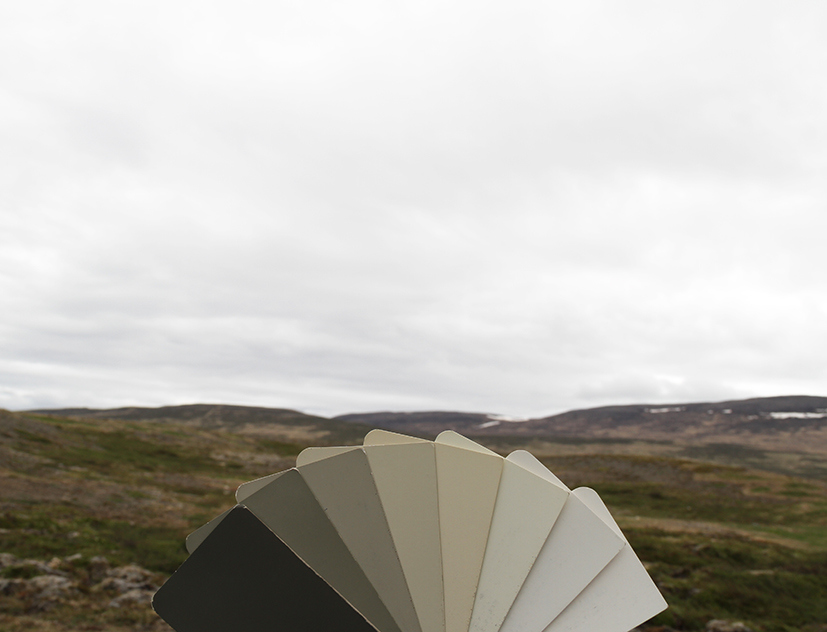
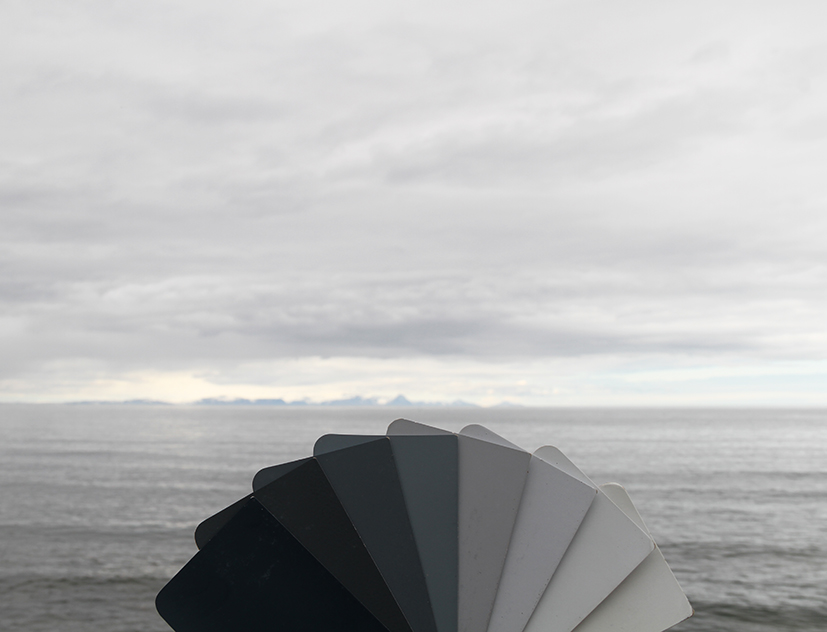
Finnur Arnar studied at the Icelandic School of Arts and Crafts, beginning in sculpture but switched to mixed media, graduating in 1991. Has held private exhibitions as well as with groups both in Iceland and abroad. Has also worked freelance as a stage designer since 1996 for all the major theaters in Iceland. Organized exhibitions for municipalities, institutions and companies.
Finnur Arnar
finnurarnar.com
Like so many of Finnur Arnar ́s video pieces Journey uses double images to underscore a conceptual whole. Fragments, shown in a loop, feature a walking man dragging along a fisherman`s gaff; another set of fragments are taken up with a man slowly revolving around himself, he ́s clearly the artist. Untouchable money floats in mid air. Fingers beat out a rhythm on a table; all around there are the ragged remains of Christmas past. The artist puts together a set of open-ended symbols. He pulls us, the viewers, into the centre of the piece; much like the revolving man we are placed between images, having to turn this way and that to look at them. What is he thinking, the man who revolves in the whirlwind of money or in the the detritus of a Christmas extravaganza, or the man who waits, drumming with his fingers on a table? Or the fisherman on his neverending journey, holding on to his gaff?
Journey poses questions of some urgency, centering on our humanity. They have to do with the meaning of our lives, our values and our pursuit of happiness. There are no answers to them except the ones we discover within ourselves and these answers may be subject to change. Through its conceptual scale and weighty presence, as well as through its insistent rhythm, Journey is a powerful work. Where is this journey taking us?
Ragna Sigurðardóttir